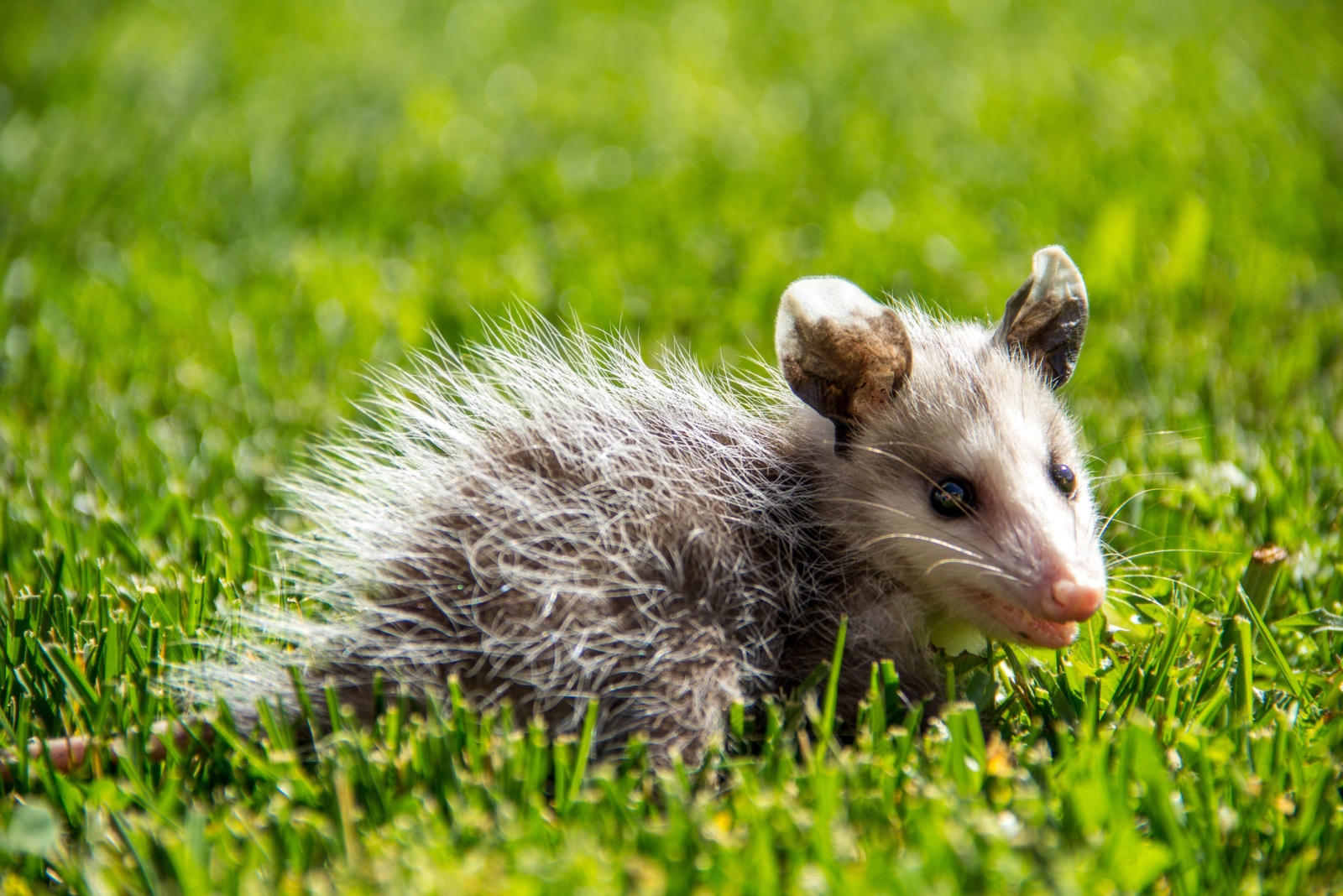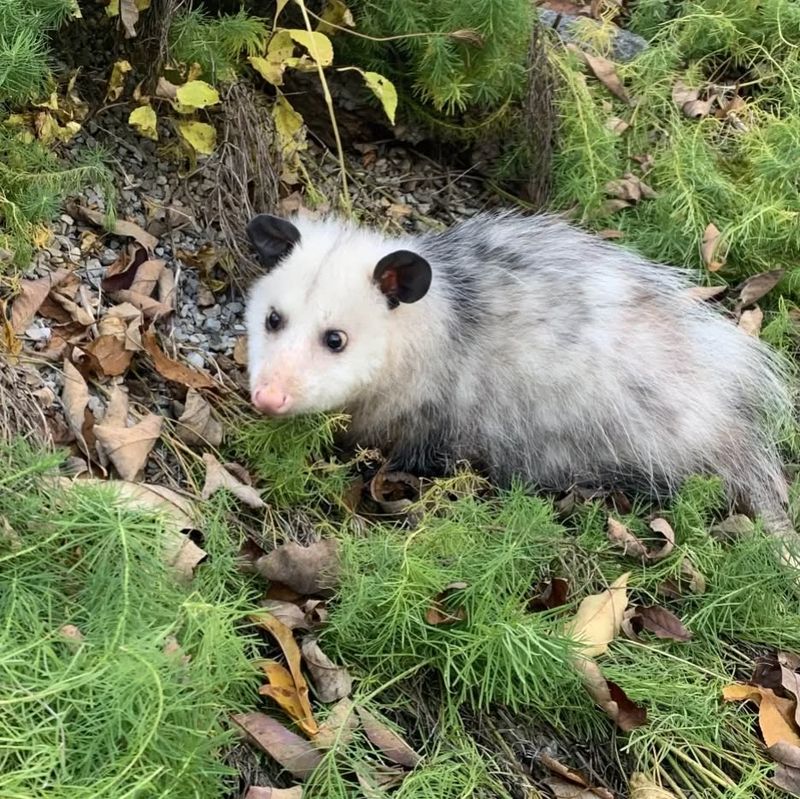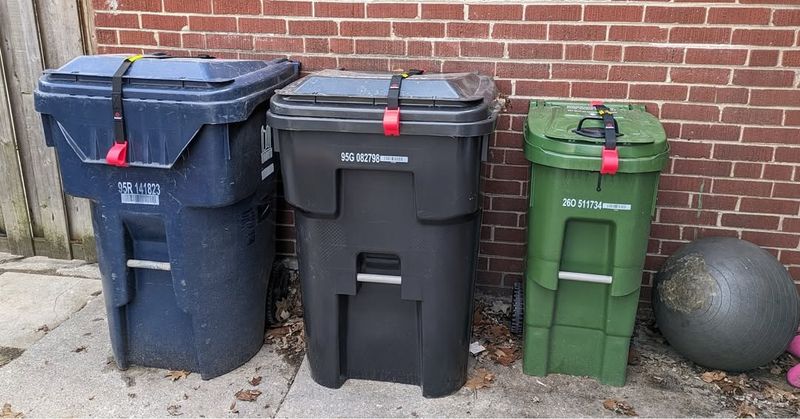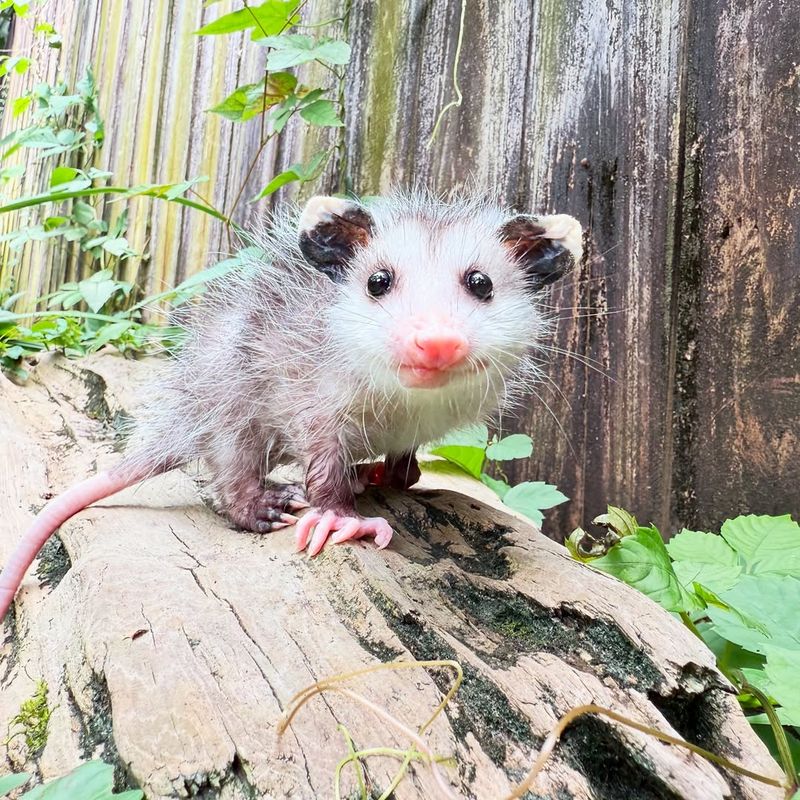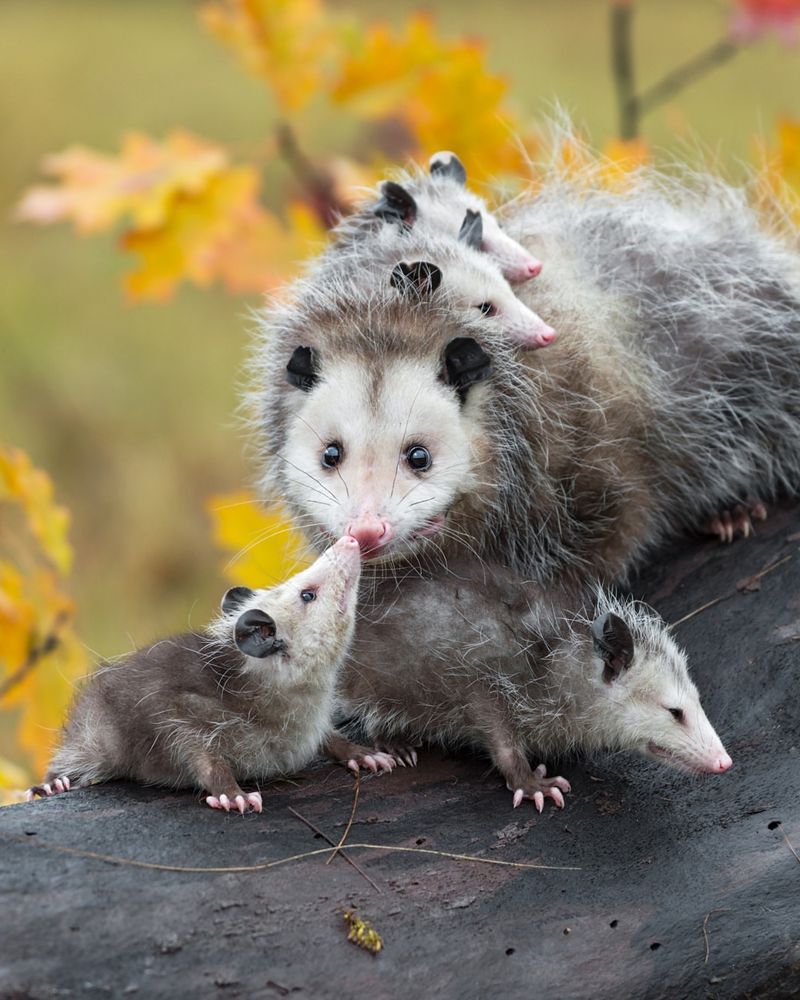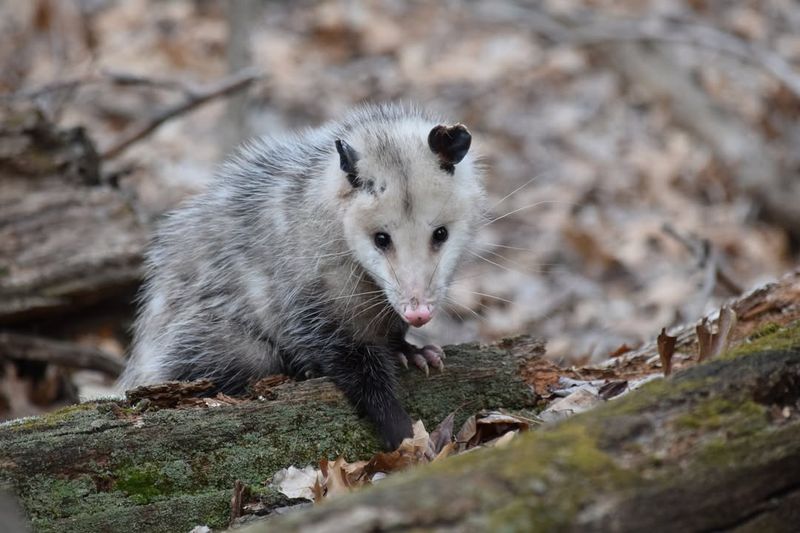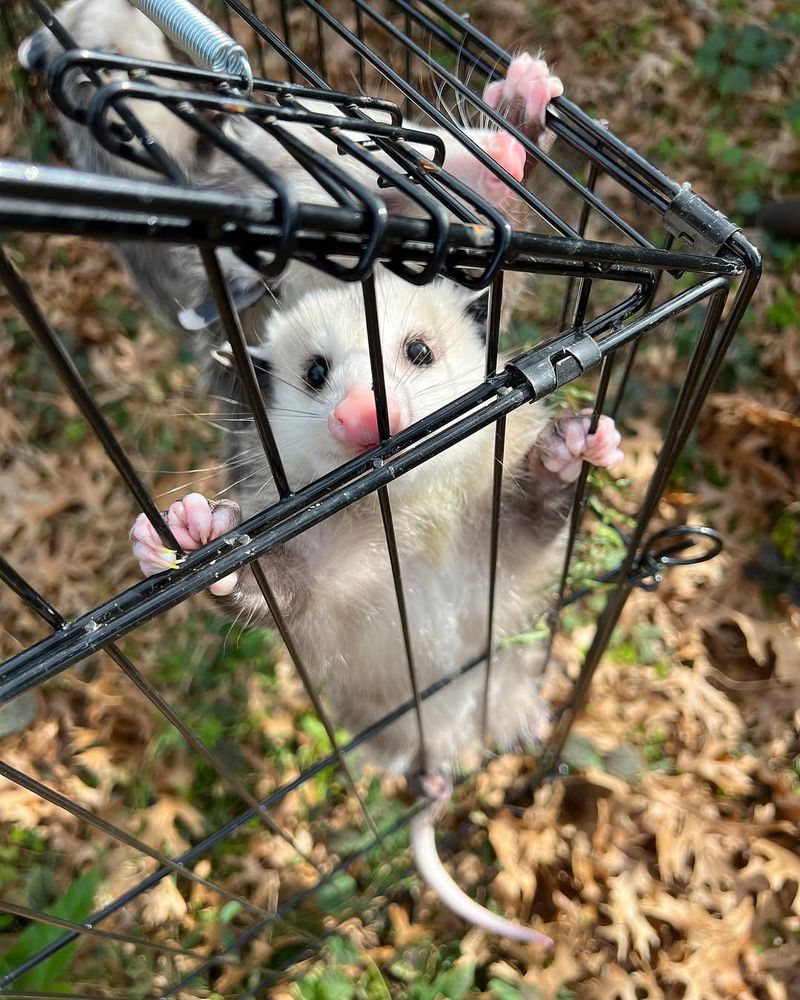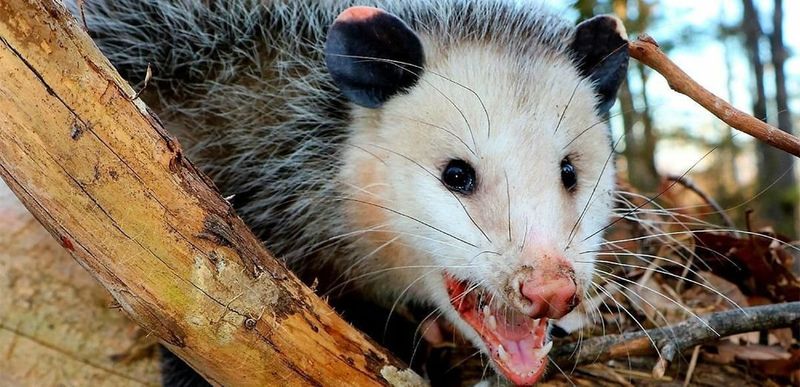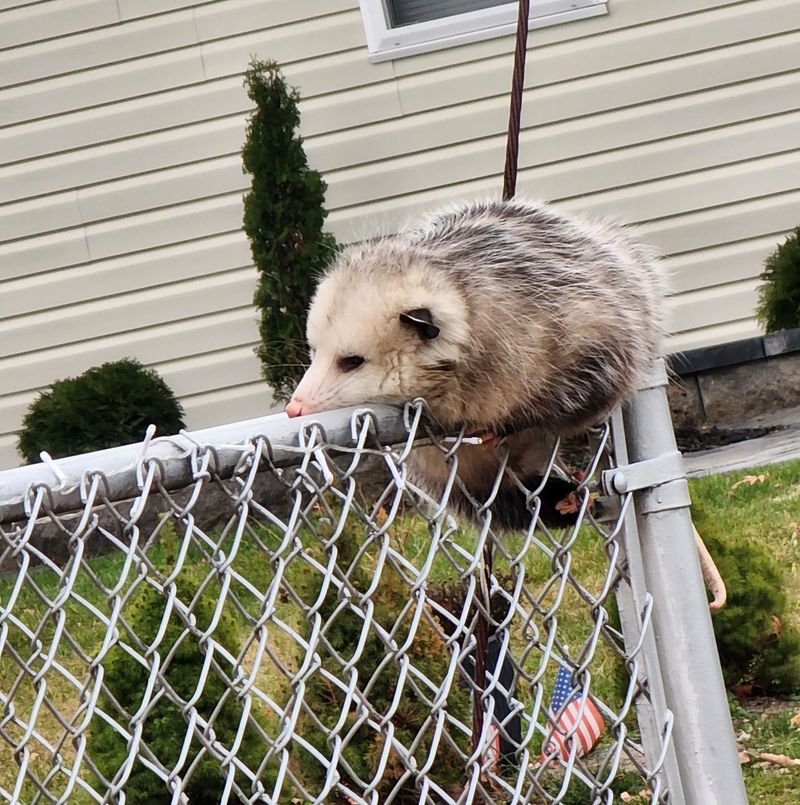Finding an opossum in your yard might seem scary at first, but these marsupials are actually helpful neighbors. They eat pests like ticks, snails, and even small rodents that could damage your garden.
Knowing how to respond when you spot one can help you coexist peacefully with these beneficial California wildlife residents.
1. Keep Your Distance
Opossums aren’t looking for trouble. When frightened, they’ll either play dead or hiss as a bluff, but rarely attack. Give the animal plenty of space—at least 10-15 feet—and it will likely wander away on its own.
Most opossum encounters happen at night since they’re nocturnal creatures. If you spot one during daylight, it might just be moving between resting spots, which is completely normal behavior.
2. Secure Trash Cans And Pet Food
Food attracts opossums to your property. Use tight-fitting lids on garbage bins and secure them with bungee cords if necessary. These clever creatures have nimble paws that can pry open unsecured containers.
Bring pet food indoors at night rather than leaving it in bowls on the porch or patio. Fallen fruit from trees should also be promptly cleaned up to avoid creating an all-you-can-eat buffet for nighttime visitors.
3. Appreciate Their Pest Control Services
Did you know a single opossum can eat up to 5,000 ticks per season? These natural cleaners consume countless garden pests including slugs, snails, and small rodents. They’re essentially providing free pest management for your California yard!
Many gardeners actually welcome opossums for their helpfulness. Instead of seeing them as nuisances, consider them unpaid exterminators working the night shift to keep your garden ecosystem balanced.
4. Check For Babies Before Taking Action
Female opossums carry their babies in a pouch like kangaroos. When the joeys get bigger, they ride on mom’s back during nightly foraging trips. If you spot a female with babies, it’s especially important to leave her alone.
The young stay with their mother for about 3-4 months. Disturbing a mother opossum could separate her from her babies, which would likely not survive without her care. She’ll move them elsewhere if she feels threatened.
5. Create A Safe Exit Path
Sometimes opossums wander into enclosed spaces like fenced yards or patios. Rather than trying to chase or trap them, simply provide an escape route. Open gates or remove temporary barriers that might be blocking their exit.
Gentle encouragement works better than aggressive tactics. Turn on outdoor lights to encourage them to seek darker areas elsewhere. Patience is key—opossums will typically leave on their own when they feel safe to do so.
6. Avoid Using Poison Or Harmful Traps
Poisons aren’t just cruel—they’re dangerous to the entire ecosystem. A poisoned opossum might be eaten by another animal, spreading the toxin throughout the food chain. Plus, it’s illegal to poison wildlife in California without proper permits.
Lethal traps pose similar risks and ethical concerns. Remember that opossums are protected under California wildlife regulations, and harming them can result in significant fines. Humane deterrents are always the better option.
7. Call Wildlife Experts For Persistent Problems
If an opossum appears sick, injured, or refuses to leave your property after several days, contact your local wildlife rehabilitation center. California has numerous resources specifically trained to handle wildlife situations humanely.
Professional wildlife experts can safely relocate the animal if necessary. The California Department of Fish and Wildlife can provide guidance, or organizations like the Opossum Society of the United States offer specialized advice for humane opossum management.
8. Opossum-Proof Your Structures
Prevent opossums from taking up residence under your deck or in your attic by sealing entry points. Install mesh screens over vents, repair holes in fences, and close gaps under porches or sheds with hardware cloth.
Motion-activated lights or sprinklers can discourage opossums from frequenting certain areas. Some gardeners have success with natural deterrents like predator urine products or strong-smelling substances like garlic or ammonia-soaked rags placed strategically around problem areas.

